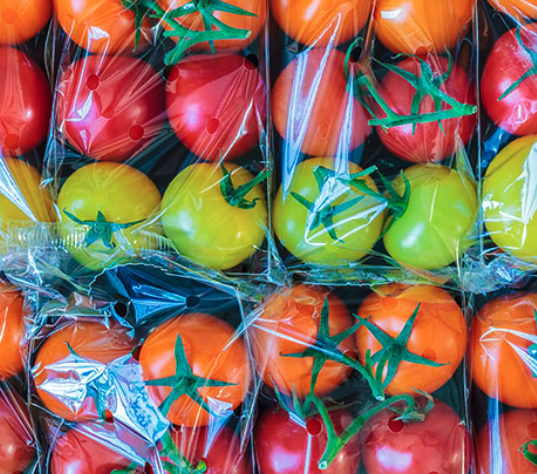
How Chemistry Makes the Spooky Season Possible
From the shimmer of a costume to the sweetness of candy, chemistry helps make Halloween one of the most colorful, creative, and fun nights of the year. Many of the sights, sounds, and flavors of Halloween are made possible thanks to the science of chemistry.






